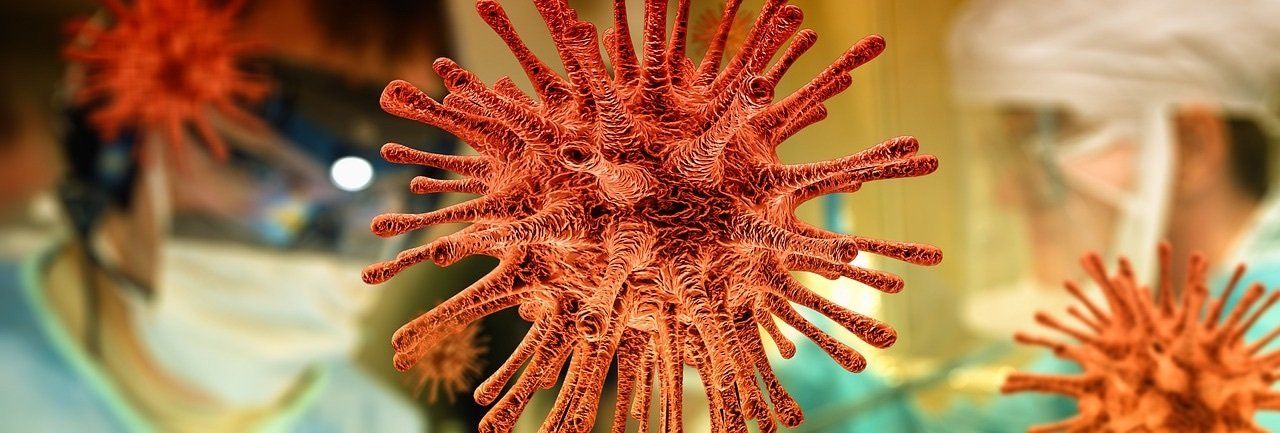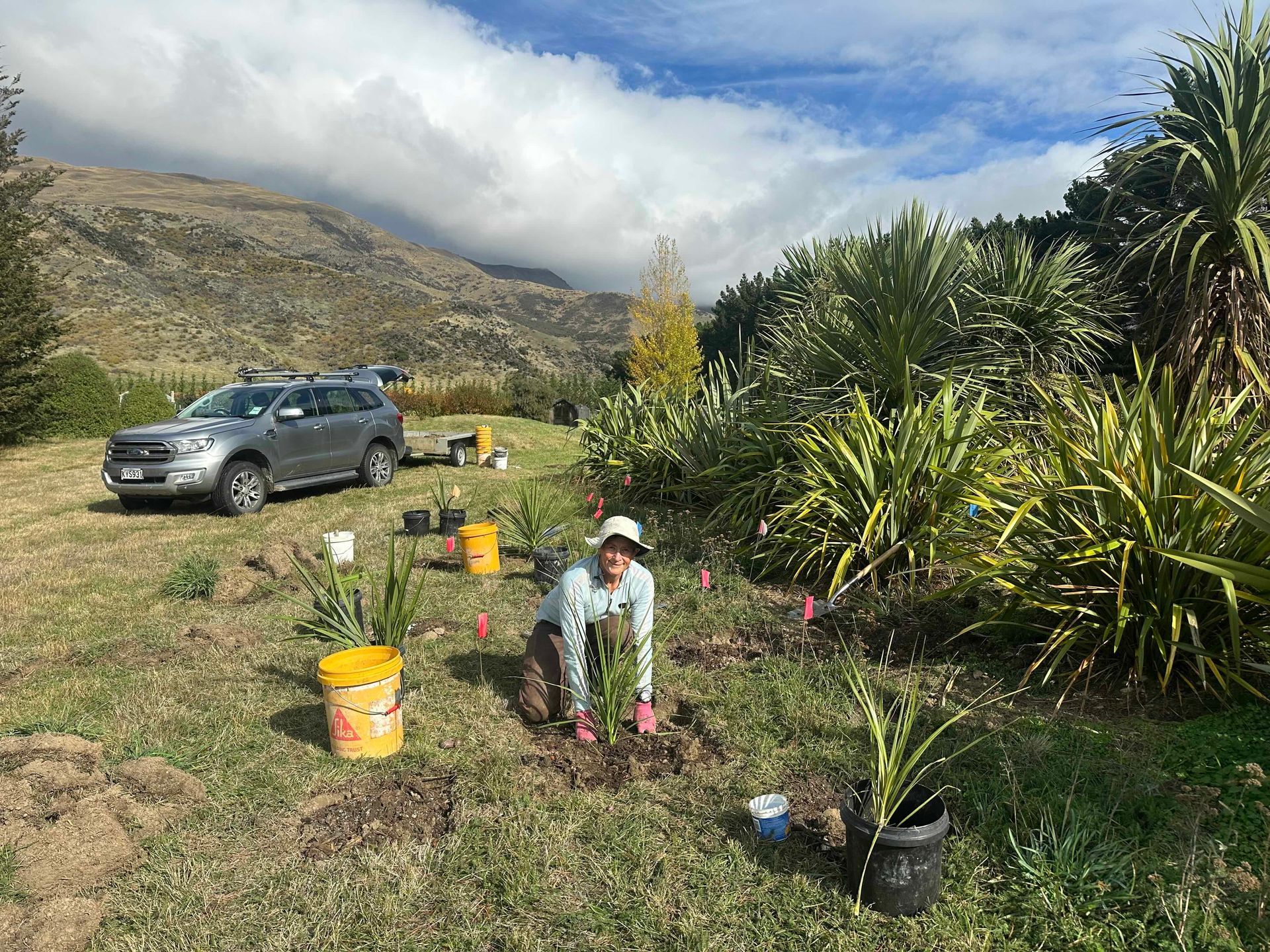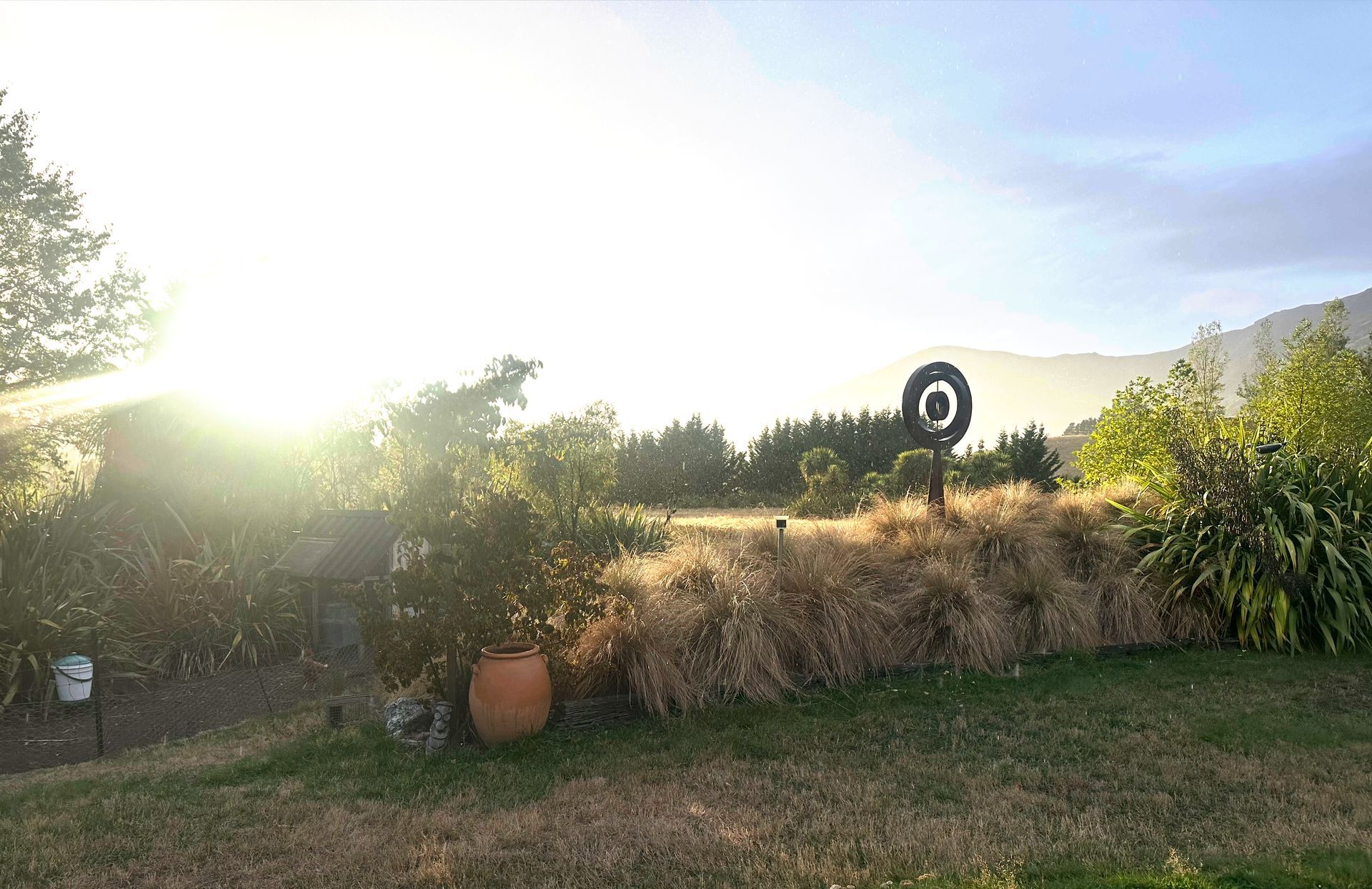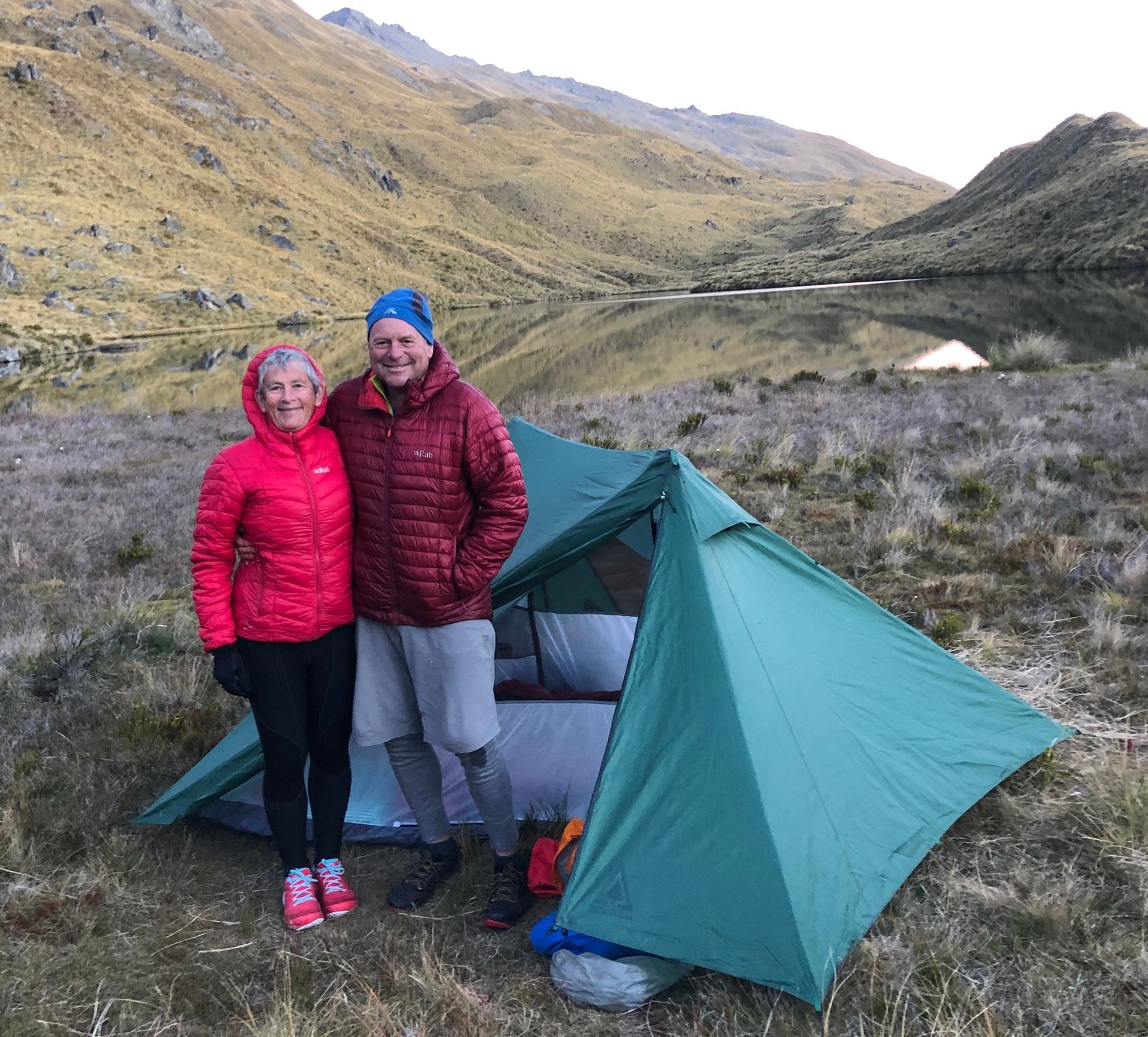Musical variations & vaccines
I found the above musical depiction of the spike protein of 2019-nCoV (the virus responsible for COVID-19 disease) strangely fascinating (click the link to hear it, you don’t need to listen for too long to ‘get the picture’). Who would have thought that one might turn a protein into a sound image? How did they do it? Proteins are made up of combinations of amino acids. Scientists from the Massachusetts Institute of Technology assigned each amino acid a unique note in a musical scale and thus converted the entire protein into a preliminary musical score. They then captured the three dimensional behaviours of the amino acids (which can curl into a helix, or stretch into a sheet) by altering the duration and volume of the notes. Molecular vibrations due to heat were given their own sounds. The instrument of choice was a Japanese koto, on the basis that its soothing sounds might bring some comfort during a pandemic!

There is actually scientific rationale in creating viral music. The musical format can aid finding of sites on the protein where antibodies or drugs might bind, by searching for specific musical sequences. Apparently this can be faster and more intuitive than molecular modeling.
Knowing the molecular sequence of the spike protein of 2019-nCoV is fundamental to efforts to improve and expand both testing methods and treatment of COVID-19. As I mentioned in an earlier post , China provided the whole COVID-19 genome to the world in January 2020 in an impressive feat of sequencing, an order of magnitude faster than previous releases of virus sequencing. Everyone has seen the ‘pretty’ pictures of 2019-nCoV with its spikes on the outside. The spikes are how this virus enters the body – the spike attaches to a particular receptor on cells in the nose. This receptor is an enzyme called ACE2 (angiotensin converting enzyme-2). In normal circumstances ACE2 chops up a protein which helps keep blood pressure stable, amongst other functions.

A medical goal is to stop 2019-nCoV attaching to ACE2, without which the virus cannot enter the cell (if it enters, then it harnesses the machinery of the cell to produce copies of itself, and then gets more cells to do the same…). A number of vaccines under development are focused on the spike protein, and getting the human body to recognise this as an intruder and thus attack it. The general goal is to introduce the spike protein into people’s bodies in a vaccine (e.g. attached to a cold virus which has been modified so it can’t reproduce) so that the people’s immune systems can recognise the protein, and create antibodies, which will then damage the spike proteins and prevent the virus from attaching.
Oxford University has been given approval for a Phase I/II Clinical Trial of 500 people, starting in late April, to provide results by September 2020. A lead researcher in the team says she is “80% hopeful that a vaccine can be delivered in 5 months (if everything goes pefectly)”. There are four phases of clinical trials (which take place after the general safety of an approach has been investigated, usually in animals):
- Phase I: a small number of healthy people (typically 20-100) are used to check side effects of a medical intervention including the effects of different dosages
- Phase II: a greater number of people (typically 100-300), to test efficacy of the intervention in doing what it says it should, as well as side effects. In some Phase II trials, control group will get standard treatment while one or more other groups will get a treatment and the groups are created randomly (‘randomised’, using software such as my cousin’s mentioned in an earlier post ) to ensure that the effect of the treatment is not a result of differences between groups of people. Phase II is the most common point of failure for medical trialling.
- Phase III: a greater number (300-3000) and range of types of people are used to assess efficacy and safety. Phase III trials are always randomised.
- Phase IV: data from hundreds or thousands of people who get the treatment is assessed to identify whether the treatment is more or less effective, or has different side effects, in a wide range of people.
Generally a new drug or diagnostic test goes through Phase I to III trials (with at least two at Phase III) in order to be rolled out. If Oxford University is hopeful that a vaccine could be available by September, this suggests that permission will be given for use of a vaccine that has not been ‘fully’ tested as Phase II/III trials would normally take at least 6 months. This sort of approach can be necessary if there is a medical crisis and protocols are being developed for accelerated testing in a pandemic paradigm. However it pays to remember that, while the trials and approval process can seem (and sometimes are) unnecessarily bureaucratic, testing forms an important safeguard to ensure that people who get a vaccine don’t have some unexpected negative health effect in the short or longer term. One potential risk is that vaccine can make people more likely to get the disease , instead of protecting against it.
Another important aspect of getting a vaccine to the world rapidly, is the need to scale up the vaccine to manufacture. This is normally done after Phase II trials. A medical solution to a problem may work, but it may not be easy to manufacture, or store, or administer to people. Because of the urgency of the world’s situation, scale-up to manufacture is going to take place at the same time as trials. The UK government has indicated it will fund manufacture of millions of doses of an efficacious vaccine; this provides a relative safeguard for a company investing its money in the scale-up process.
The Oxford effort is not the only vaccine trial work out there , here is a list of some clinical trials already underway. There are plenty of other candidate vaccines (70 or more) in earlier phases of development.
- CanSino Biologics & the Academy of Military Medical Sciences in China have a Phase I clinical trial underway in Wuhan (using the spike protein in a cold virus)
- Boston-based Moderna, in collaboration with the US government, started Phase I trials of a vaccine (related to the spike protein) in mid March.
- Inovio Pharmaceuticals (USA) have a Phase I trial underway (injecting spike-protein encoding DNA molecules)
- The Pasteur Institute in Paris has pre-clinical trials of a vaccine based on an established technology used in a licensed measles vaccine (this gives them a head start in approvals and manufacturing).
To close today on a further musical note, our friend Wendy from British Columbia, Canada, sent this link to the Choir of Women Physicians in Toronto singing together, while in physically separate locations. For me this is a powerful sound and depiction of people together while physically apart, and a celebration of hope.





